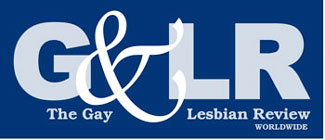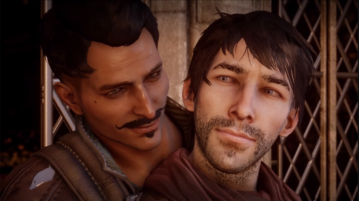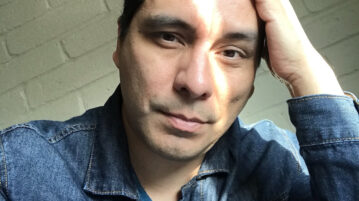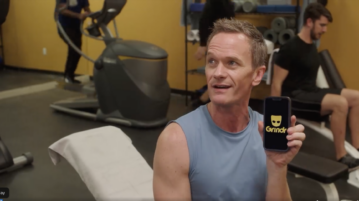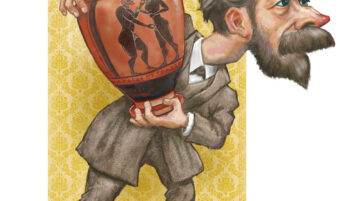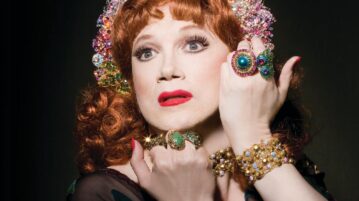Summer Getaway: ‘Fantasy Lands’
TODAY’S digital technologies have created possibilities for whole new worlds of immersion and experience, and with them a panoply of subcultures organized around these sites. Under the rubric of “Fantasy Lands,” let us visit a few of these milieux with relevance to LGBT life and culture.
More
